
Browse an alphabetical list of photographs. These historical images portray people, places, and events before, during, and after World War II and the Holocaust.
<< Previous | Displaying results 76-100 of 226 for "Photo" | Next >>
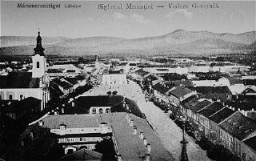
Sigmund Freud and daughter Anna in Paris, en route to exile in England. June 1938.
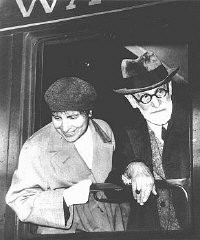
Members of the SA post signs demanding that Germans boycott Jewish-owned businesses. Berlin, Germany, April 1, 1933.
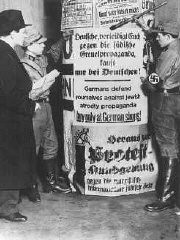
Tatsuro Matsuda, whose family owned the Wanto Co. grocery store, hung this sign in front of the store, Oakland, California, March 1942. The store was closed following orders for the evacuation of Americans of Japanese ancestry. Evacuees were forcibly deported to relocation centers.

A notice reads "Business closed by the police due to profiteering. Owner in protective custody at Dachau." Signed by police chief Heinrich Himmler. Munich, Germany, April or May 1933.
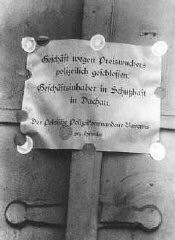
Nazi foreign minister Joachim von Ribbentrop (left), Soviet leader Joseph Stalin (center), and Soviet foreign minister Viacheslav Molotov (right) at the signing of the nonaggression pact between Germany and the Soviet Union. Moscow, Soviet Union, August 1939.
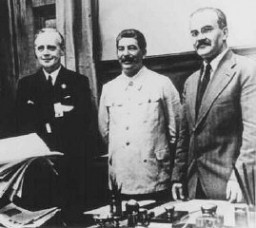
Soviet Foreign Minister Molotov signs the German-Soviet Pact. Joachim von Ribbentrop and Josef Stalin stand behind him, Moscow, Soviet Union, August 23. 1939.
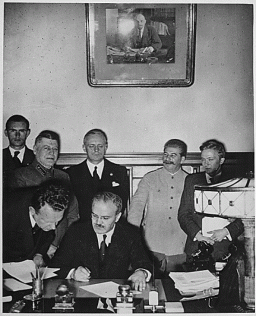
Bulgarian leader Bogdan Filov (standing) and German foreign minister Joachim von Ribbentrop (seated, center) during the signing of the Tripartite Pact. This treaty formally aligned Bulgaria with the Axis powers. Vienna, Austria, March 1, 1941.
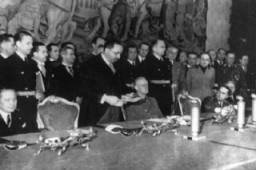
Soviet foreign minister Viacheslav Molotov signs the German-Soviet pact as Soviet leader Joseph Stalin (white uniform) and German foreign minister Joachim von Ribbentrop (behind Molotov) look on. Moscow, Soviet Union, August 23, 1939.
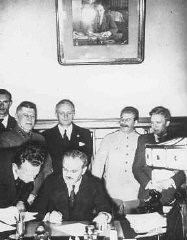
Sigrid Undset's novels were among the texts the Nazis banned and burned. Undset had previously won the Nobel Prize for Literature in 1928.
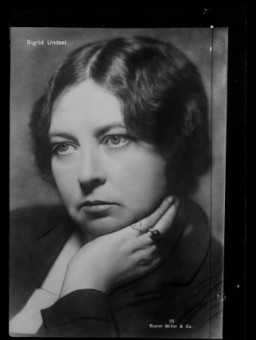
Simon Wiesenthal, Holocaust survivor and an investigator of Nazi war criminals, tours a synagogue for refugee Jews in central Europe. Place uncertain, 1946.
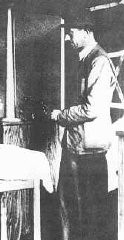
Simone Schloss, a Jewish member of the French resistance, under guard after a German military tribunal in Paris sentenced her to death. She was executed on July 2, 1942. Paris, France, April 14, 1942.
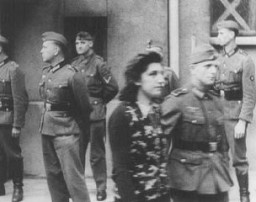
Sinaida Grussman was photographed in the Kloster Indersdorf children's center after the war. The picture was taken in an attempt to help locate surviving relatives. Such photographs of both Jewish and non-Jewish children were published in newspapers to facilitate the reunification of families. Germany, after May 1945.

Singer Simon Bikindi sits at the International Criminal Tribunal for Rwanda during his trial for incitement to genocide. Arusha, Tanzania, April 4, 2002.
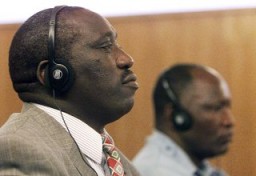
Sir Horace Rumbold was the British ambassador to Germany from 1928 to 1933. Rumbold described for the British government the changes he saw in Germany once Hitler came to power in January 1933. In a dispatch dated April 26, 1933, he warned of the principles outlined in Hitler's Mein Kampf and wrote that "the outlook for Europe is far from peaceful." Undated photograph. Library of Congress, Prints & Photographs Division, LC-DIG-ggbain-36812
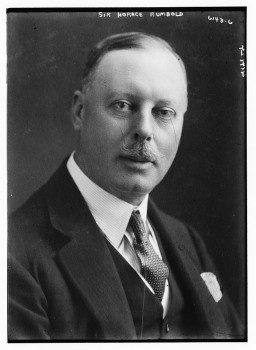
Denunciations of Jews to German authorities came from a variety of different sources, sometimes even from their "protectors." In 1944, Eva and Liane Münzer (pictured here) were reported to the police as a result of a domestic fight between their rescuers. The irate husband denounced his wife and the two Jewish girls. The Münzer sisters were sent to Auschwitz and killed.
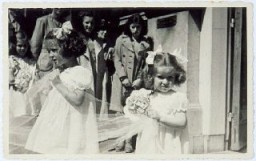
Sisters Eva and Liane Münzer. They were placed in hiding with a devout Catholic couple. In 1944, Eva and Liane were reported to the police as a result of a fight between their rescuers. The husband denounced his wife and the two Jewish girls. The three were immediately arrested and sent to the Westerbork camp. On February 8, 1944, eight- and six-year-old Eva and Liane were deported to Auschwitz, where they were murdered. Photograph taken in The Hague, the Netherlands, 1940.
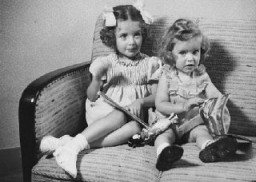
German citizens stand outside the decorated Hotel Dreesen, where Neville Chamberlain and Hitler held their second meeting on the Sudetenland and German demands for Czech territory. Nazi flags and the Union Jack fly from the building. Bad Godesberg, Germany, September 22, 1938.
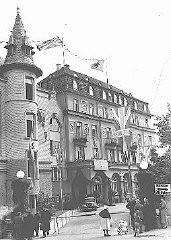
View after the obliteration of the Belzec killing center showing a railway shed where victims' belongings were stored. Belzec, Poland, 1944.
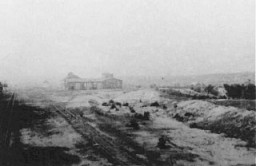
The Hotel Royal, site of the Evian Conference on Jewish refugees from Nazi Germany. Evian-les-Bains, France, July 1938.
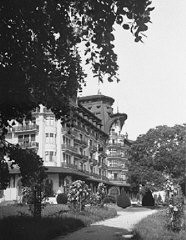
Barn on the outskirts of the town of Gardelegen that was the site of the massacre of over 1,000 concentration camp prisoners. Germany, April 16, 1945.
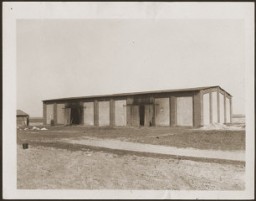
American troops inspect the site of the Gardelegen atrocity. In the background, German civilians exhume corpses who were buried in a mass grave by the SS. Germany, April 18, 1945.
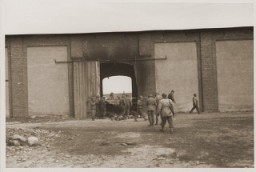
Six Jewish girls hidden from the Nazis at the Dominican Convent of Lubbeek near Hasselt. Belgium, between October 1942 and October 1944.
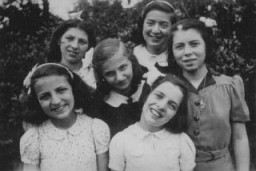
View of the six-sided skylight in the Hall of Remembrance at the United States Holocaust Memorial Museum. Washington, DC, January 2003.

Sleeping quarters in Wöbbelin, a subcamp of Neuengamme concentration camp. This photograph was taken upon the liberation of the camp by US forces. Germany, May 5, 1945.
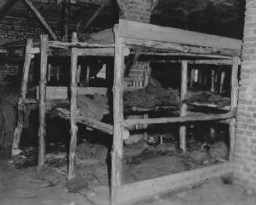
We would like to thank Crown Family Philanthropies, Abe and Ida Cooper Foundation, the Claims Conference, EVZ, and BMF for supporting the ongoing work to create content and resources for the Holocaust Encyclopedia. View the list of donor acknowledgement.